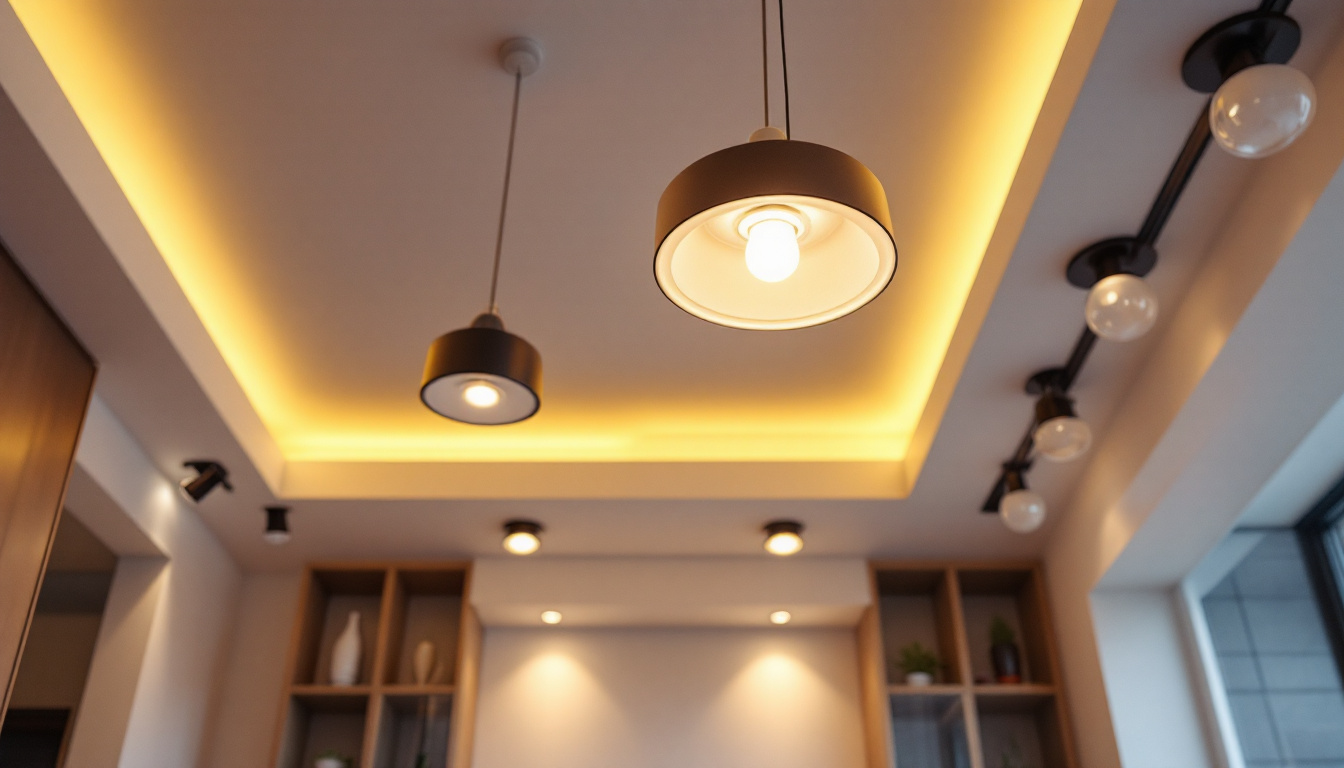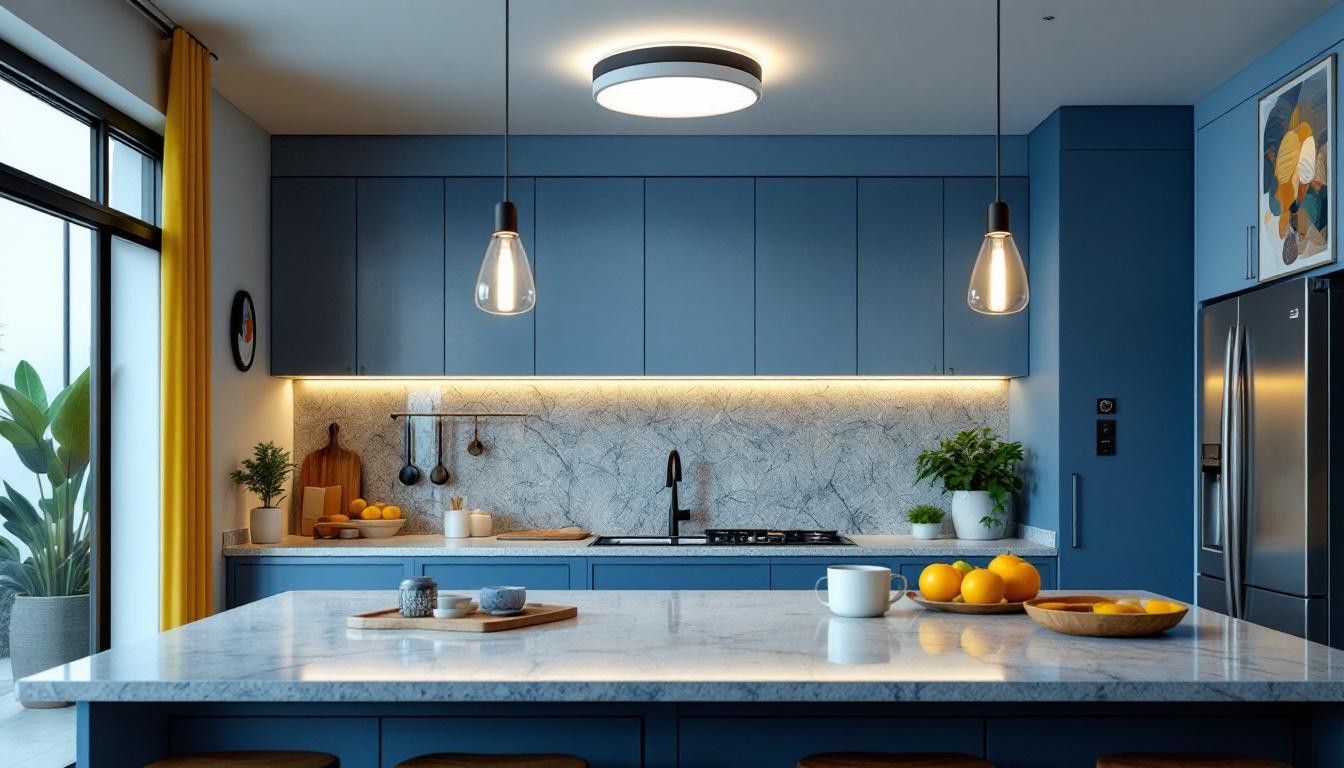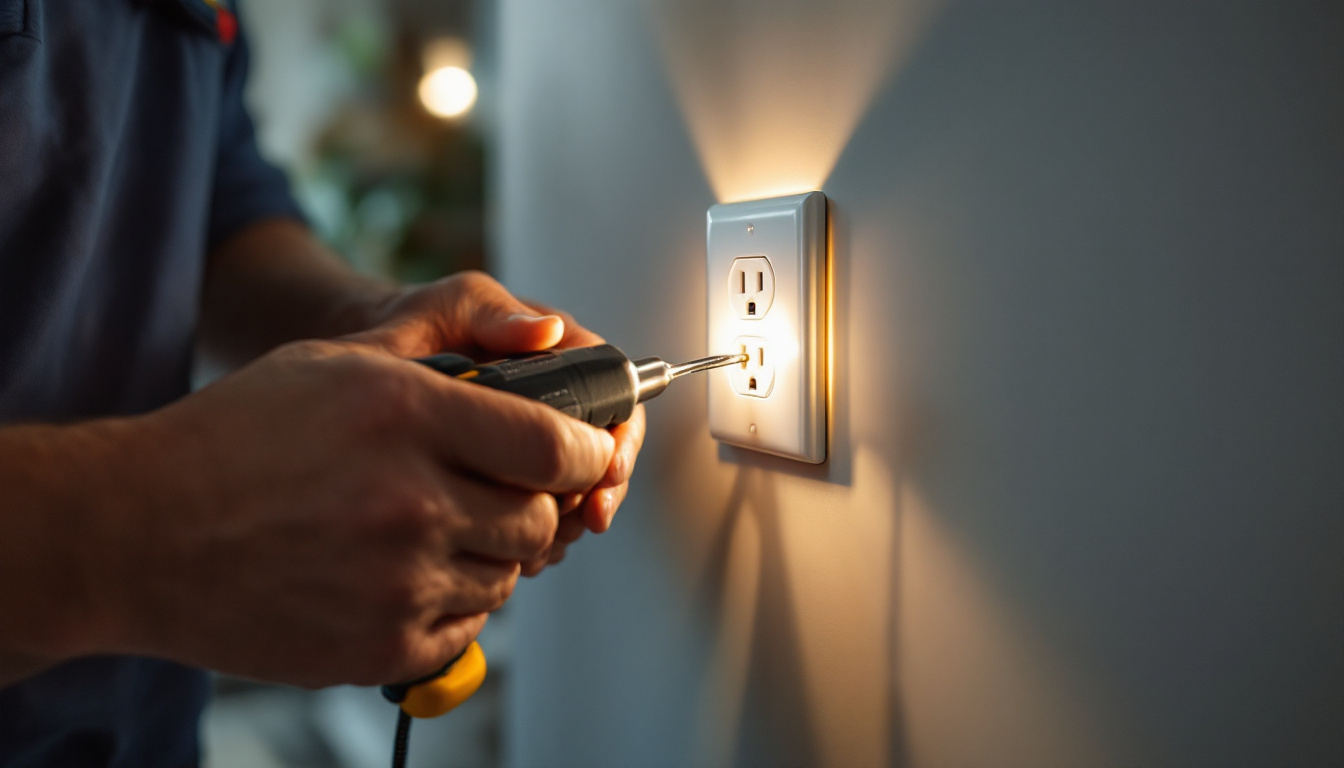
The evolution of smart home technology has transformed the way lighting systems are designed and installed. Among the innovations, the smart 4-way switch stands out as a pivotal component that enhances both functionality and user experience. For lighting contractors, understanding the best practices for implementing these switches is crucial in providing clients with effective solutions that meet modern demands.
Before delving into best practices, it is essential to grasp what a smart 4-way switch is and how it differs from traditional switches. A smart 4-way switch allows users to control a single light or group of lights from multiple locations, making it ideal for larger spaces like hallways, staircases, or expansive living areas.
Unlike standard 4-way switches, which require a physical connection to a series of 3-way switches, smart versions leverage wireless technology. This means they can be integrated into a home automation system, allowing for remote control via smartphones or voice commands.
Smart 4-way switches come equipped with various features that enhance their usability. These include dimming capabilities, customizable lighting scenes, and compatibility with smart home ecosystems such as Amazon Alexa, Google Assistant, or Apple HomeKit. Additionally, many models offer energy monitoring, providing valuable insights into energy consumption.
Another noteworthy feature is the ability to schedule lighting, allowing homeowners to set specific times for lights to turn on or off. This can be particularly useful for creating a welcoming atmosphere when arriving home or for ensuring that lights are off during the night. Some smart switches even have motion sensors, which can automatically turn lights on when someone enters a room, further enhancing convenience and energy efficiency.
For homeowners, the advantages of installing smart 4-way switches are manifold. They not only offer convenience but also contribute to energy savings and increased home security. With the ability to control lights remotely, homeowners can simulate occupancy when away, deterring potential intruders.
Moreover, the aesthetic appeal of sleek, modern designs can enhance the overall look of a home’s interior, making it a worthwhile investment for many clients. The integration of smart technology also adds a layer of sophistication, appealing to tech-savvy individuals who appreciate the seamless blend of functionality and design. Additionally, the ease of installation and setup means that even those who are not particularly handy can enjoy the benefits of smart lighting without extensive renovations.
Furthermore, smart 4-way switches can be particularly advantageous for families with children or elderly members. The ability to control lighting from multiple points can prevent accidents in dimly lit areas, ensuring that everyone can navigate the home safely. This added layer of safety, combined with the modern conveniences of smart technology, makes these switches an appealing choice for a wide range of households.
When it comes to installing smart 4-way switches, following best practices ensures a seamless integration into existing systems. Proper installation not only guarantees functionality but also enhances safety and user satisfaction.
Before installation, it is vital to plan the layout carefully. Identify all the locations where switches will be installed and how they will interact with existing wiring. This planning phase should include a thorough assessment of the electrical system, ensuring that it can support the additional load of smart switches.
Consider the convenience of switch placement. Homeowners often appreciate having switches located near entry points or at the top and bottom of staircases. A well-thought-out layout minimizes the need for excessive wiring and simplifies the installation process. Additionally, it’s beneficial to take into account the flow of traffic in the home. For instance, placing switches in high-traffic areas can enhance accessibility and make it easier for family members to control lighting without disrupting their activities. Furthermore, integrating switches into smart home ecosystems can allow for more intuitive control, such as setting up scenes that adjust lighting based on the time of day or specific activities.
proper wiring is critical for the functionality of smart 4-way switches. Ensure that all connections are secure and that the wiring complies with local electrical codes. Use appropriate gauge wires to handle the load and avoid potential overheating.
It is also advisable to label wires during installation. This practice not only helps during the initial setup but also makes future troubleshooting or modifications easier. Utilizing wire nuts and electrical tape can provide additional safety and security for connections. Moreover, consider using color-coded wires or a labeling system that corresponds to the switch functions; this can significantly streamline any future maintenance or upgrades. It’s also wise to check for any signs of wear or damage in existing wiring before proceeding, as this can prevent complications down the line and ensure a more reliable installation.
Once the installation is complete, testing the functionality of the switches is essential. Verify that all switches communicate effectively with each other and that the system integrates seamlessly with any smart home platforms. Conduct thorough checks to ensure that dimming features and remote controls function as intended.
Encourage clients to test the system with their smartphones or voice assistants to ensure they are comfortable with the technology. Providing a brief tutorial on how to use the switches can enhance user satisfaction and reduce the likelihood of support calls. Additionally, consider demonstrating how to set up automation features, such as scheduling lights to turn on or off at specific times or creating routines that adjust lighting based on occupancy. This not only empowers users but also showcases the full potential of their smart home system, encouraging them to explore further integrations with other smart devices, such as smart thermostats or security cameras, for a more cohesive home automation experience.
The true power of smart 4-way switches is realized when they are integrated into a broader home automation system. This integration allows for advanced features that elevate the user experience and provide added convenience.
When selecting smart 4-way switches, it is crucial to choose models that are compatible with popular smart home ecosystems. This compatibility ensures that homeowners can control their lighting alongside other smart devices, such as thermostats, security cameras, and smart speakers.
Before installation, verify the compatibility of the switches with the homeowner’s existing devices. This step can prevent potential issues and streamline the setup process, ensuring a cohesive smart home experience. Additionally, many smart switches offer voice control capabilities through virtual assistants like Amazon Alexa or Google Assistant, allowing users to operate their lighting hands-free. This feature not only enhances convenience but also adds a layer of accessibility for individuals with mobility challenges.
One of the most appealing features of smart 4-way switches is the ability to create automated lighting scenes. These scenes can be programmed to activate at specific times or triggered by certain events. For example, a “movie night” scene could dim the lights and turn on specific lamps, creating the perfect ambiance for relaxation.
Educating clients on how to set up and customize these scenes can significantly enhance their satisfaction with the system. Providing guidance on using the associated app or platform can empower homeowners to take full advantage of their new lighting capabilities. Moreover, integrating these scenes with other smart home functions, such as adjusting the thermostat or closing smart blinds, can create a seamless experience that transforms the home environment based on the time of day or activity, further enriching the user’s lifestyle.
Smart 4-way switches can also play a vital role in enhancing home security. By integrating lighting controls with motion sensors or security systems, homeowners can create a more secure environment. For instance, lights can be programmed to turn on automatically when motion is detected, deterring potential intruders.
Discussing these security features with clients can help them understand the added value of smart lighting solutions, making them more likely to invest in comprehensive systems that include smart switches. Furthermore, homeowners can set up schedules for their lights to simulate occupancy while they are away, adding an extra layer of security. This feature not only helps in preventing break-ins but also provides peace of mind, knowing that the home appears lived-in even when the residents are on vacation or at work. The combination of smart lighting and security systems creates a holistic approach to home safety that is both effective and user-friendly.
Encourage homeowners to regularly check for firmware updates for their smart switches. Manufacturers often release updates to improve functionality and security. Keeping devices updated can prevent potential issues and ensure optimal performance.
Additionally, remind clients to periodically inspect the physical condition of the switches. Look for any signs of wear or damage, and address issues promptly to maintain safety and functionality.
Despite the advanced technology, users may encounter common issues with smart 4-way switches. These can include connectivity problems, unresponsive switches, or failure to integrate with smart home systems. Providing a troubleshooting guide can empower clients to resolve minor issues independently.
For example, if a switch becomes unresponsive, checking the Wi-Fi connection or resetting the device may resolve the problem. Offering support for more complex issues can further enhance client satisfaction and loyalty.
Smart 4-way switches represent a significant advancement in lighting technology, offering both functionality and convenience for homeowners. For lighting contractors, understanding the best practices for installation, integration, and maintenance is essential in delivering exceptional service.
By following these best practices, contractors can ensure that installations are not only successful but also provide lasting value to clients. As smart home technology continues to evolve, staying informed and adaptable will be key to thriving in this dynamic industry.
Ultimately, the goal is to create lighting solutions that enhance the quality of life for homeowners while positioning contractors as knowledgeable and reliable professionals in the field.
Ready to elevate your lighting projects with the latest smart 4-way switches? Look no further than LumenWholesale, where we offer an exceptional range of spec-grade lighting products at unbeatable wholesale prices. Say goodbye to local distributor markups and hello to premium quality without the premium cost. With our commitment to reliability and performance, you can confidently meet the needs of any smart home installation. Plus, with free shipping on bulk orders, you can stock up on all your lighting essentials while enjoying the best value. Don’t compromise on quality or price. Wholesale Lighting at the Best Value is just a click away with LumenWholesale.

Discover essential lumens examples for lighting contractors to optimize designs, improve efficiency, and ensure perfect brightness—boost your projects today!.

Discover how innovative ceiling lighting solutions are giving lighting contractors a competitive edge in the industry.

Discover expert tips on selecting the perfect flush mount ceiling light for your kitchen.

Discover essential insights for lighting contractors on selecting and installing duplex outlets.